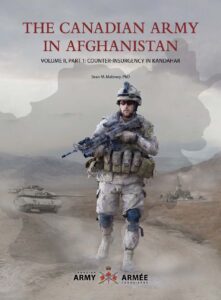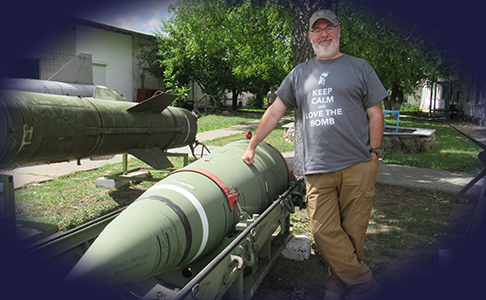
The decision to commit the Canadian Army to southern Afghanistan and the subsequent series of battles west of Kandahar City in the summer and fall of 2006 established a situation whereby the insurgency’s momentum was dissipated by early 2007. By this time the insurgency’s southern leadership in Quetta ascertained that there were two main fronts in the south: Helmand and Kandahar, with supporting efforts in Oruzgan and Zabol Provinces. British operations in Helmand aggravated the population and their power brokers to the extent that the province exhibited levels of anti-government violence almost on par with Kandahar. That said, the collapse of Kandahar would have resulted in a collapse of the coalition effort in southern Afghanistan. Operations in the more mountainous Oruzgan and Zabol Provinces were supportive in nature: they were transit points to get resources into Helmand and Kandahar using the northern routes, or they were used to shift insurgent forces as required. In effect, the Quetta leadership could prod either Helmand, Kandahar, or both to elicit a response from ISAF. In any event, it was crucial for ISAF to maintain the momentum gained by the events of late 2006.
Available for download here.
Return to home page
